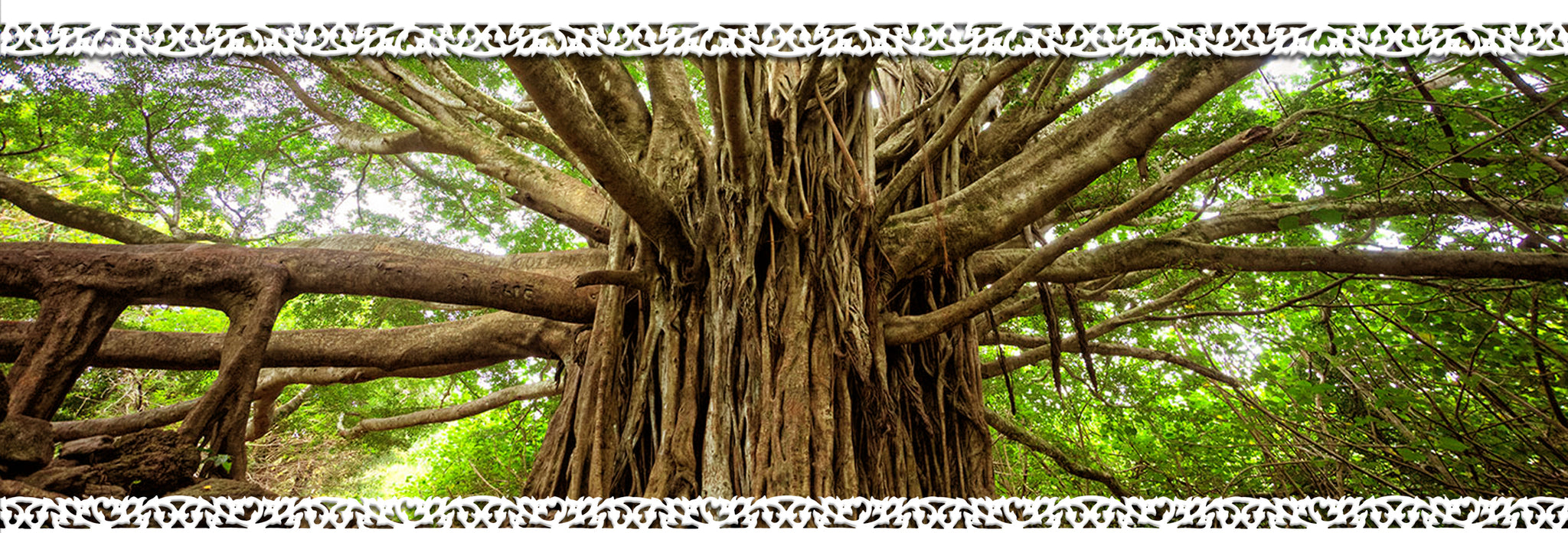About alexanderlawnde

It is said that Gautama Buddha attained enlightenment (bodhi) while meditating underneath a Ficus religiosa. According to Buddhist texts the Buddha, meditated without moving from his seat for seven weeks (49 days) under this tree. A shrine, called Animisalocana cetiya, was later erected on the spot where he sat.
The Bodhi Tree, (Sanskrit: बोधि) also known as Bo (from Sinhalese: Bo),The word 'Bodh' means knowledge and enlightenment. "peepal tree," and "arasa maram" : அரசமரம் in Tamil, (Devanagari: पीपल क पेड़) was a large and very old sacred fig tree (Ficus religiosa) located in Bodh Gaya, under which Siddhartha Gautama, the spiritual teacher who later became known as the Buddha, is said to have attained enlightenment (Bodhi). In religious iconography, the Bodhi Tree is recognizable by its heart-shaped leaves, which are usually prominently displayed.

The term "Bodhi Tree" is also widely applied to currently existing trees, particularly the Sacred Fig (Ficus religiosa) growing at the Mahabodhi Temple in Bodh Gaya, which is often cited as a direct descendant from the original specimen planted in 288 BC. This tree is a frequent destination for pilgrims, being the most important of the four main Buddhist pilgrimage sites. Other holy Bodhi trees which have a great significance in the history of Buddhism are the Anandabodhi tree in Sravasti and the Bodhi tree in Anuradhapura, Sri Lanka. Both are believed to have been propagated from the original Bodhi tree.
The Bodhi-Tree or wisdom-tree is the world tree, and its roots drink deep of the waters of infinity. Its branches and leaves blow in the winds of the Void, and it is lit by the clear light. It is a tree of refuge, a place of safety from the raging tigers and dragons of desire.
This world tree, the Bodhi-Tree, unites all worlds, and it has no guardians to protect it. All sentient beings are welcome to gain as much wisdom as their minds can hold. But it is a long journey to that state, for the traveler must unravel the current life and many other past lives to see the components that have been woven together into the patterns of life. Then the strands must be woven again, to create a mind capable and worthy of returning to the source.
The Bodhi-Tree is a symbolic representation of the individual's journey to infinity. As the seed which begins tiny and hard grows open and free, so should the mind and heart. The tree is rooted in the ground as the self is rooted in matter. But the seed grows beyond the ground, as it perceives its environment, cares about it, and ultimately leaves the limitations of the body and matter behind. The branches reach towards the heavens yet the vines of the banyan reach towards the earth. Such is the state of mankind - always being pulled in two directions. One direction is freedom, ultimate liberation, and the transcendence of boundaries. The other direction is security, rootedness, comfort, and tradition - the self that will not turn away from the earth. Some people may justify behavior by Buddhist or other ethics and ritual, but will ultimately seek comfort rather than freedom. Such people should rest peacefully at the roots of the tree and never climb it.
For the others, the spiritual explorers, comfort and security are left behind. There will ultimately come a question: Which world do you choose? Only those who seek the upper branches of the tree and liberation can progress and follow the stages of the watches of the night.
There were many reasons for the historical Buddha's incarnation. One was to provide a model for those that seek freedom.
